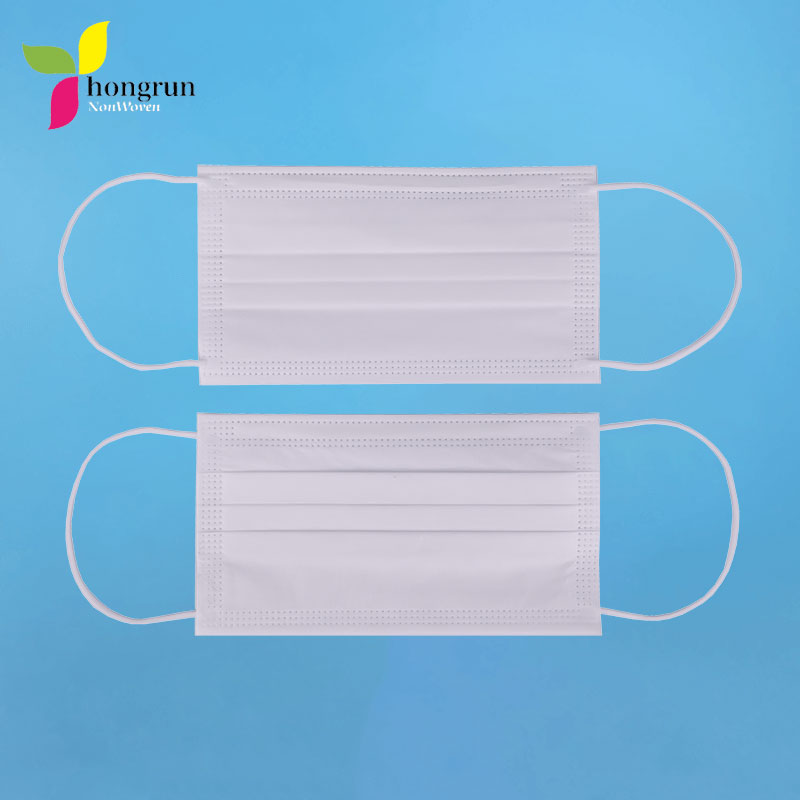HONGRUN
We are a factory and trading company of depilatory wax strip paper and other non-woven fabric products, professional in producing for more than 5 years.
Differential fibers generally refer to chemical fibers that are innovative to conventional chemical fibers or have certain characteristics. There are many varieties of differentiated fibers, which are mainly used in clothing and decorative fabrics.
1. Divided from the morphological structure, the differentiated fibers mainly include special-shaped fibers, hollow fibers, composite fibers and fine special (denier) fibers.
Shaped fiber is a chemical fiber with a special cross-sectional shape spun through a certain geometric shape (non-circular) spinneret hole. According to the different spinneret holes used, triangular, polygonal, trilobal, multilobal, cross, flat, Y-shaped, H-shaped, dumbbell-shaped, etc. can be obtained.
Hollow fiber is a chemical fiber that penetrates the fiber axis and has a tubular cavity. It can be obtained by changing the shape of the spinneret hole. The biggest feature of hollow fiber is low density, strong heat retention, suitable for down-type products, such as high-grade cotton wool, imitation down jackets, sleeping bags, and so on.
The composite fiber is a chemical fiber made of two or more polymers or the same polymer with different properties through a composite spinning method. If the composite fiber is made of two polymers, it is a bicomponent fiber. In addition, there are fine special (denier) fibers, which are fibers with a small monofilament linear density, also known as microfine fibers. The methods commonly used to spin fine-denier fibers are: composite spinning stripping method, dissolving method, conventional melting method, super drawing method, flash evaporation method and melt blowing method. In particular, polyester fine-denier fiber occupies a leading position among textile fibers due to its good wearability. High-simulation fibers have been imitated in replacing natural fibers, making silk-like fabrics light, soft, smooth and smooth, and are suitable for ultra-thin fibers. After the polyester fabric is alkali-reduced, and then subjected to a special soft and hydrophilic finishing, the appearance and feel of real silk can be better obtained.
2. In terms of physical and chemical properties, differentiated fibers include antistatic fibers, high-shrinkage fibers, flame-retardant fibers, and anti-pilling fibers.
Antistatic fiber is a chemical fiber that is not easy to accumulate static charge. Antistatic fibers are mainly used in the production of dust-free sterile clothing, explosion-proof work clothes, carpets, masks and other textiles. High shrinkage fiber has a boiling water shrinkage rate higher than 15% for chemical fibers. Depending on the degree of heat shrinkage, the ultimate product with different styles and performance can be obtained. For example, high-shrinkage polyester fibers with a heat shrinkage rate of 15% to 25% can be used to weave various crepe, bump, and jacquard fabrics; high-shrinkage polyester fibers with a shrinkage rate of 15% to 35% can be used for bulked wool, Blankets, artificial fur, etc.; high shrinkage polyester with a shrinkage rate of 35%~50%, used for synthetic leather, artificial suede, etc. The flame-retardant fiber can also be called flame-resistant, flame-retardant or flame-resistant fiber. Only smoldering in the flame, no flame itself occurs, leaving the fire source, smoldering is self-extinguishing chemical fiber added with flame-retardant ingredients. Its limiting oxygen index value is about 0.3 or more. Flame-retardant fibers are mainly used to spin children's and elderly clothing, bedding, decorative fabrics, fire-resistant work clothes, and ropes, tents, industrial fabrics and so on with flame-retardant requirements.
www.hzhrnonwoven.com

Copyright © 2019 Hangzhou Hongrun nonwovens Co., Ltd. | All Rights Reserved Technical Support:HWAQ Wholesale Depilatory Wax Strips Paper Suppliers